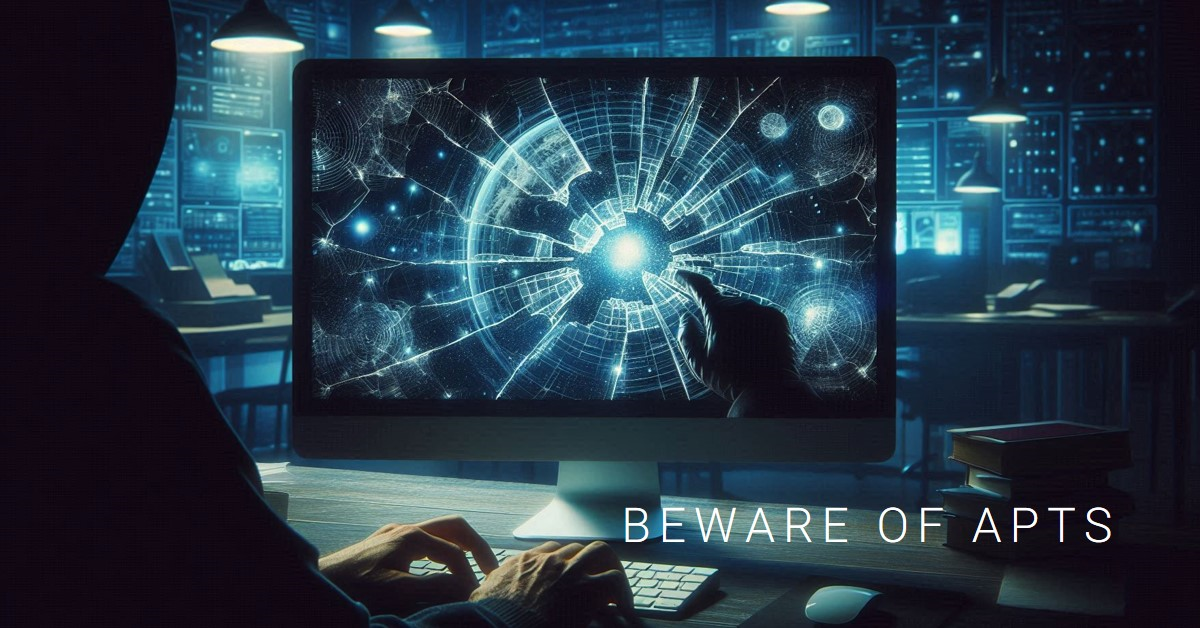Blockchain technology is revolutionizing data management by offering a secure and transparent way to store and share information. Here’s a breakdown of its role in data science:
Blockchain Explained:
Imagine a public ledger, like a record book, that’s constantly being updated and replicated across a network of computers. This is essentially what a blockchain is. Each entry (called a block) contains data and is cryptographically linked to the previous block, creating a chain that’s tamper-proof.
Security and Transparency:
- Decentralization: There’s no single authority controlling the data. This makes it highly resistant to hacking or manipulation.
- Cryptography: Each block is encrypted, ensuring data integrity and confidentiality.
- Immutability: Once data is recorded, it cannot be altered without altering the entire chain, which is nearly impossible due to the distributed nature of the network.
Importance of Integration:
Data science relies heavily on trustworthy data. Blockchain offers several advantages:
- Enhanced Data Quality: By ensuring data provenance (origin) and traceability, blockchain allows data scientists to trust the information they’re working with.
- Secure Data Collaboration: Researchers can share sensitive data on a blockchain without compromising confidentiality.
- Improved Data Governance: Blockchain can automate data access control and permissioning, streamlining data governance processes.
- Fraud Detection: The immutable nature of blockchain makes it easier to identify and prevent fraudulent data practices.
Integrating blockchain with data science unlocks a new level of security, transparency, and collaboration in data analysis. This paves the way for more reliable insights and innovation across various fields.
Demystifying Blockchain: Decentralization and Immutability
At the heart of blockchain technology lies a powerful combination of two key features: decentralization and immutability. Let’s delve deeper into what these terms mean and how they revolutionize data storage and transactions.
Decentralization:
Imagine a traditional database controlled by a single entity, like a bank. This central authority has complete control over the data and can alter information if needed. Now, consider blockchain:
- Distributed Ledger: Instead of a single server, data is stored across a network of computers (nodes). Each node holds a complete copy of the blockchain.
- No Central Authority: There’s no single entity controlling the network. Every node participates in verifying transactions and adding new blocks to the chain.
- Consensus Mechanism: A set of rules governs how new blocks are added. This ensures all nodes agree on the validity of transactions before they’re added to the blockchain.
This decentralized structure offers several advantages:
- Enhanced Security: Hacking becomes significantly more challenging because attackers would need to compromise a majority of the nodes to alter data.
- Increased Transparency: Everyone on the network can see the complete transaction history, fostering trust and accountability.
- Reduced Reliance on Third Parties: By eliminating the need for a central authority, transactions become faster and more efficient.
Immutability:
Data stored on a blockchain is practically unchangeable. Here’s why:
- Chain Reaction: Each block contains a unique fingerprint of the previous block, creating a chronological chain. Modifying one block would require altering all subsequent blocks, which is nearly impossible due to the distributed nature of the network.
- Cryptographic Anchoring: Advanced cryptography secures each block, making it virtually impossible to tamper with the data without detection.
This immutable nature revolutionizes data storage:
- Audit Trail: The blockchain provides an undeniable record of all transactions, ensuring data integrity and preventing manipulation.
- Trustworthy Data: Businesses and individuals can rely on the immutability of data for critical applications like contracts and supply chain management.
- Enhanced Traceability: It becomes easier to track the origin and movement of assets throughout a supply chain.
Key Features of BlockchainImmutability: Once data is recorded, it cannot be altered or deleted.
- Immutability: This ensures data integrity and trust. Once a record is added to the blockchain, it becomes tamper-proof. Any attempt to alter a block would require modifying the entire chain, which is nearly impossible due to the decentralized nature of the network.
- Transparency: All participants on the network have access to the same version of the ledger. This creates a high degree of transparency, allowing everyone to track transactions and verify their authenticity.
- Decentralization: There’s no single authority controlling the blockchain. Instead, a network of computers (nodes) maintains the ledger. This eliminates the risk of a single point of failure and makes the network more resistant to hacking or manipulation.
- Consensus Mechanisms: These are the rules that govern how new blocks are added to the blockchain. Different blockchain systems use different consensus mechanisms, such as Proof of Work (PoW) or Proof of Stake (PoS). These mechanisms ensure that all nodes agree on the validity of a transaction before it’s added to the ledger, maintaining trust and security within the network.pen_spark
Blockchain’s Impact in Key Industries
Finance:
- Secure Transactions: Blockchain eliminates the need for intermediaries in financial transactions, reducing costs and transaction times. Additionally, the tamper-proof nature of blockchain makes it highly secure against fraud.
- Fraud Prevention: With all transactions recorded and visible on the blockchain, it becomes easier to identify and prevent fraudulent activities like money laundering or double spending.
- Transparent Records: Auditing and regulatory compliance become significantly easier due to the transparent and immutable nature of blockchain records.
Healthcare:
- Safeguarding Patient Data: Blockchain can securely store sensitive medical data, allowing controlled access for authorized personnel while maintaining patient privacy.
- Controlled Access: Patients can have more control over who can access their medical records by granting permission on the blockchain.
- Privacy: Blockchain allows for secure data sharing between healthcare providers without compromising patient privacy.
Supply Chain Management:
- Traceability: By tracking the movement of goods throughout the supply chain on a blockchain, businesses can ensure authenticity, identify counterfeit products, and improve product recalls.
- Transparency: All participants in the supply chain can access the same information on the blockchain, fostering trust and collaboration.
- Efficiency: Streamlined tracking and record-keeping on the blockchain can lead to increased efficiency and reduced costs within the supply chain.
Enhanced Audit Trails and Regulatory Compliance:
- Immutable Records: Blockchain creates tamper-proof audit trails. Every change or update to the data is permanently recorded, making it easier to comply with regulations that require detailed record-keeping.
- Verifiable History: Auditors can easily verify the history of a dataset, ensuring its integrity and provenance. This builds trust and simplifies compliance processes.
Transparency in Supply Chain Tracking:
- End-to-End Visibility: Blockchain allows for real-time tracking of goods throughout the supply chain. Every step, from origin to final destination, is recorded on the blockchain, providing complete transparency.
- Product Journey: Consumers can gain insights into the journey of a product, ensuring authenticity and ethical sourcing. This builds trust and brand loyalty.
Challenges and Future Directions:
Despite its potential, blockchain faces some challenges:
- Scalability: Current blockchain systems can struggle to handle large volumes of data. Ongoing research is focused on improving scalability to meet growing demands.
- Energy Consumption: Certain consensus mechanisms, like Proof of Work, require significant computing power, leading to high energy consumption. Alternative, more energy-efficient mechanisms are being developed.
- Regulatory Considerations: As a relatively new technology, the regulatory landscape surrounding blockchain is still evolving. Establishing clear regulations will be crucial for wider adoption.




